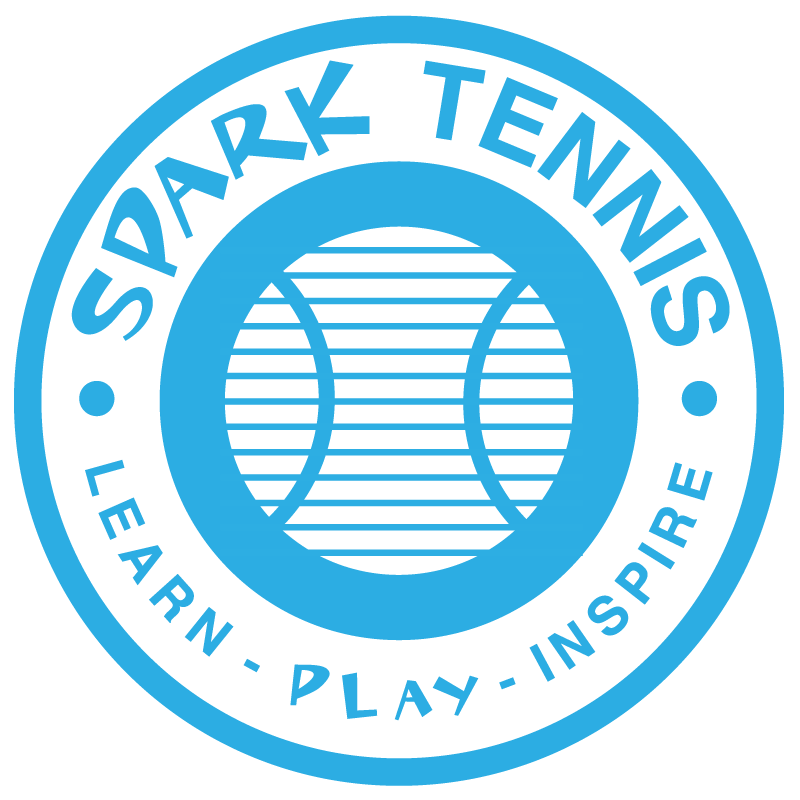Here are some advanced rules and concepts in tennis that go beyond the basics:
1. Let Rule:
- If the ball hits the net during a serve and lands in the correct service box, it’s called a “let.” The server gets another chance to serve.
2. Hindrance:
- If there is any deliberate act or speech that hinders an opponent’s ability to play the point, it is considered a hindrance. The point is replayed.
3. Foot Fault:
- A foot fault occurs when the server steps on or over the baseline or into the court before making contact with the ball. This results in the server losing the point.
4. Code Violations:
- Players can receive warnings, point penalties, or even disqualification for certain code violations, such as unsportsmanlike conduct, racket abuse, or time violations.
5. Injury Timeouts:
- If a player is injured during a match, they are allowed a certain amount of time for medical evaluation and treatment. If the injury timeout exceeds the allowed time, the player may have to retire from the match.
6. Warm-Up Time:
- Players are typically given a few minutes to warm up before the match begins. The length of the warm-up is determined by mutual agreement or tournament rules.
7. Coaching:
- In professional matches, coaching from the sidelines is not allowed. However, in some cases, coaching is permitted during changeovers or set breaks.
8. Electronic Line Calling:
- In some high-level matches, electronic systems are used to make line calls. Players can challenge a call, and if the electronic system confirms an incorrect call, the player’s challenge is successful.
9. No-Ad Scoring:
- In some situations, especially in doubles matches, a “no-ad” scoring system may be used. This means that if the game reaches deuce, the next point wins the game.
10. Tiebreakers:
- A tiebreaker is played when a set reaches 6-6. It’s a special game to determine the winner of the set. The first player to reach seven points (with a margin of at least two points) wins the tiebreaker and the set.
11. Let Cord on Serve:
- If the ball hits the net cord and lands in the correct service box during a serve, it’s considered a let, and the server gets another chance to serve.
12. Default:
- In extreme cases of unsportsmanlike behavior or rule violations, a player may be defaulted from the match, resulting in an automatic loss.
These advanced rules add depth and complexity to the game of tennis, and they are important for competitive play at higher levels. It’s recommended for serious players to familiarize themselves with these rules and consult official tennis governing bodies for detailed regulations.
